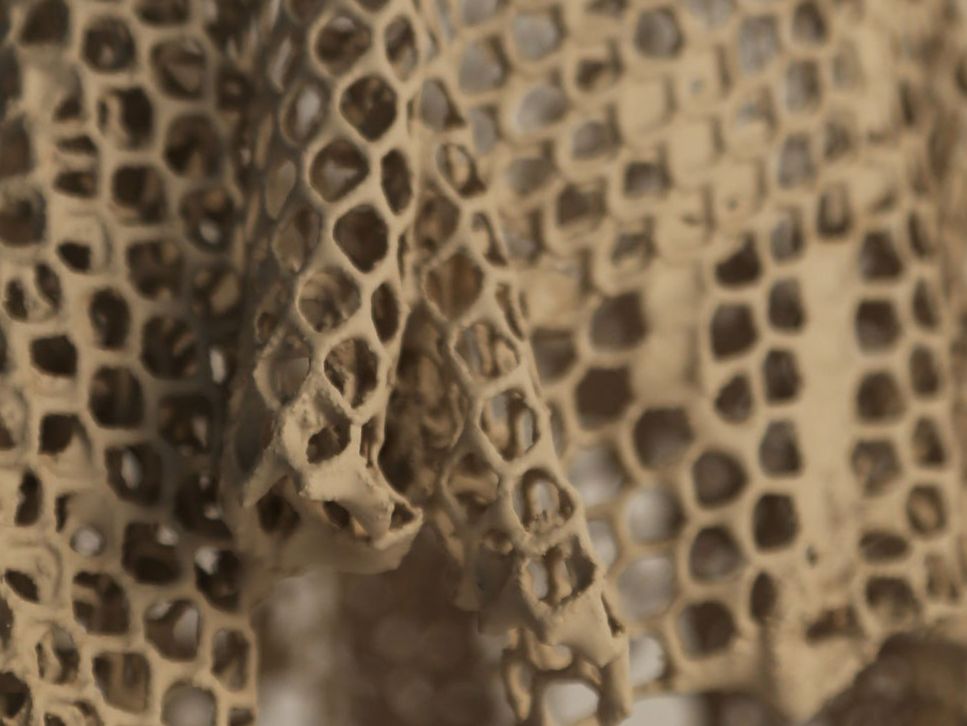SFB Subproject SP9 (2020 – 2024): Material- and Structurally Informed Freeform Structures
Subproject Leiterin
Milena Stavrić
Projekt Mitarbeiter
Julian Jauk
Hana Vašatko
Lukas Gosch
Studentische Projektmitarbeiter
Patrick Vinicki
Ivan Marjanović
Kilian Hoffmann
Kilian Kleibel-McGee
Cornelia Ott
Giulia Carletti
Kristian Ristoski
Nera Džanić
Benedikt Kiefer
Bernd Hausegger
Thomas Tunariu
Motivation/problem statement:
By means of appropriate computer soft-ware, freeform surfaces (also called freeforms) can be digitally generated, discretized, structural-ly optimized and prepared for CNC fabrication. Designers and architects are highly attracted by freeform surfaces, because their digital generation seems very simple. However, the design of freeform surfaces in fact remains an immense challenge. Many aspects of the complex interrela-tions between geometry, construction, materiality and structural properties have not been proper-ly addressed in current geometrical research. Most notably, more research is required to study the limitations that arise from different materials and the links between the freeform geometry and finding efficient ways to develop the formwork, starting with fabrication, ranging over logistics up to assembly. The complexity of designing an appropriate surface and/or formwork for freeforms occurs at all scales, ranging from furniture to objects in the building scale. The formwork for a general freeform object consists of discretized custom molds, which are often milled, very expen-sive and only used for one particular form. Additionally, every different building material like con-crete, glass, ceramic, carbon or wood demands a specific building strategy, including a tailored geometrical approach.
Goals/contribution:
The major scientific contributions in this project will be: (1) The develop-ment of new geometrical definitions of freeform surfaces based on their material and functional properties in order to develop strategies to find cost-efficient freeform structures with stay-in-place and/or reusable formwork; (2) the enrichment of computational geometrical models with material and structural information. The methodology will be research through design studies and experiments. Based on an in-depth study of the fundamentals of surface geometry, we will create a series of novel models at different scales with the aim to elaborate the different proper-ties based on the respective material. We will use moldable, linear and planar materials. This will be conducted in four phases: (1) experimentation, (2) testing and measurement, (3) computation and parameterization, and (4) post processing and optimization.


